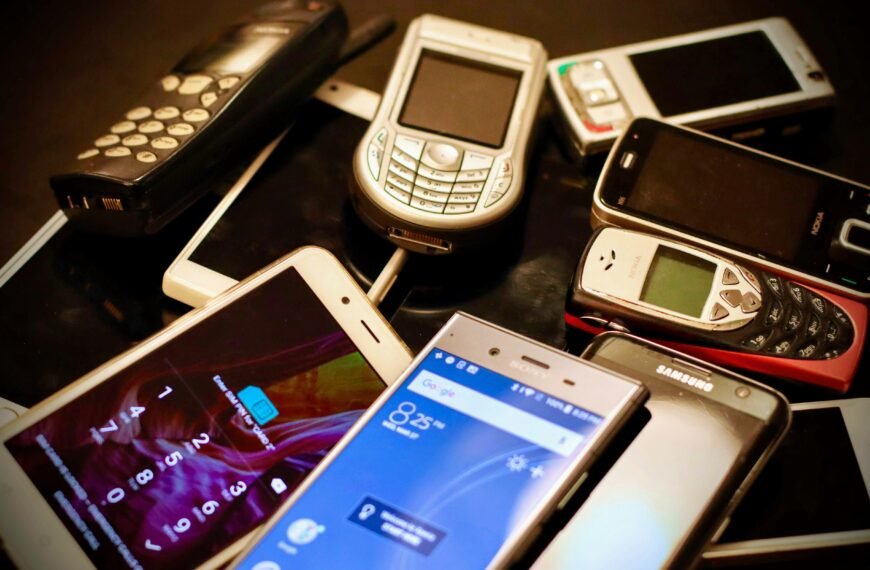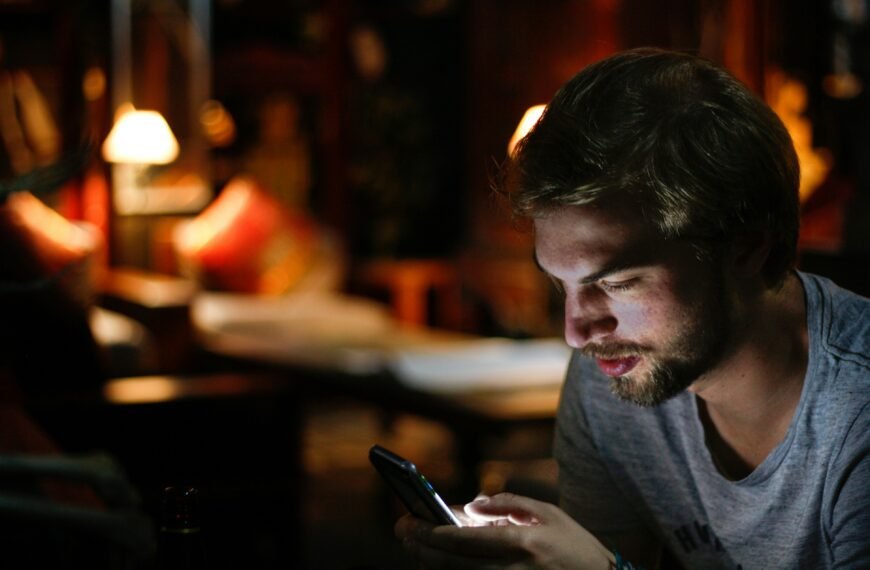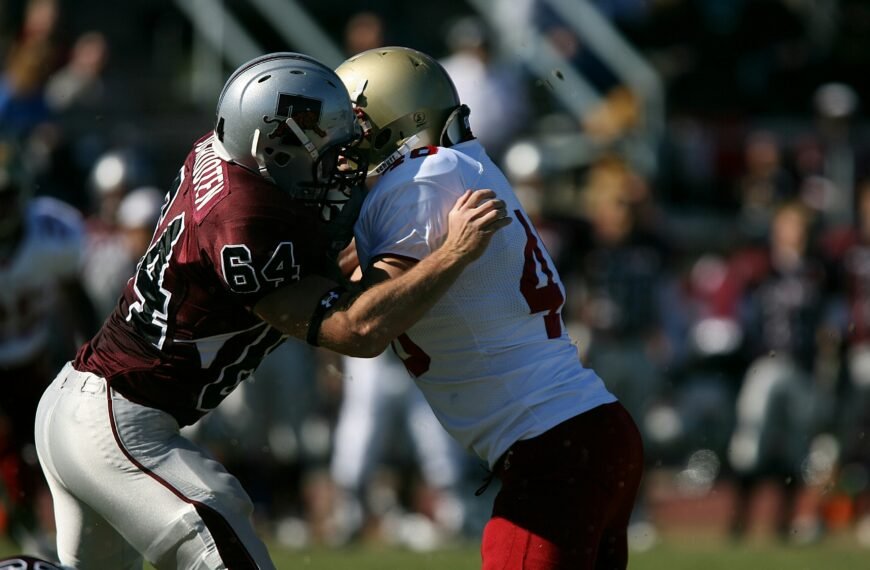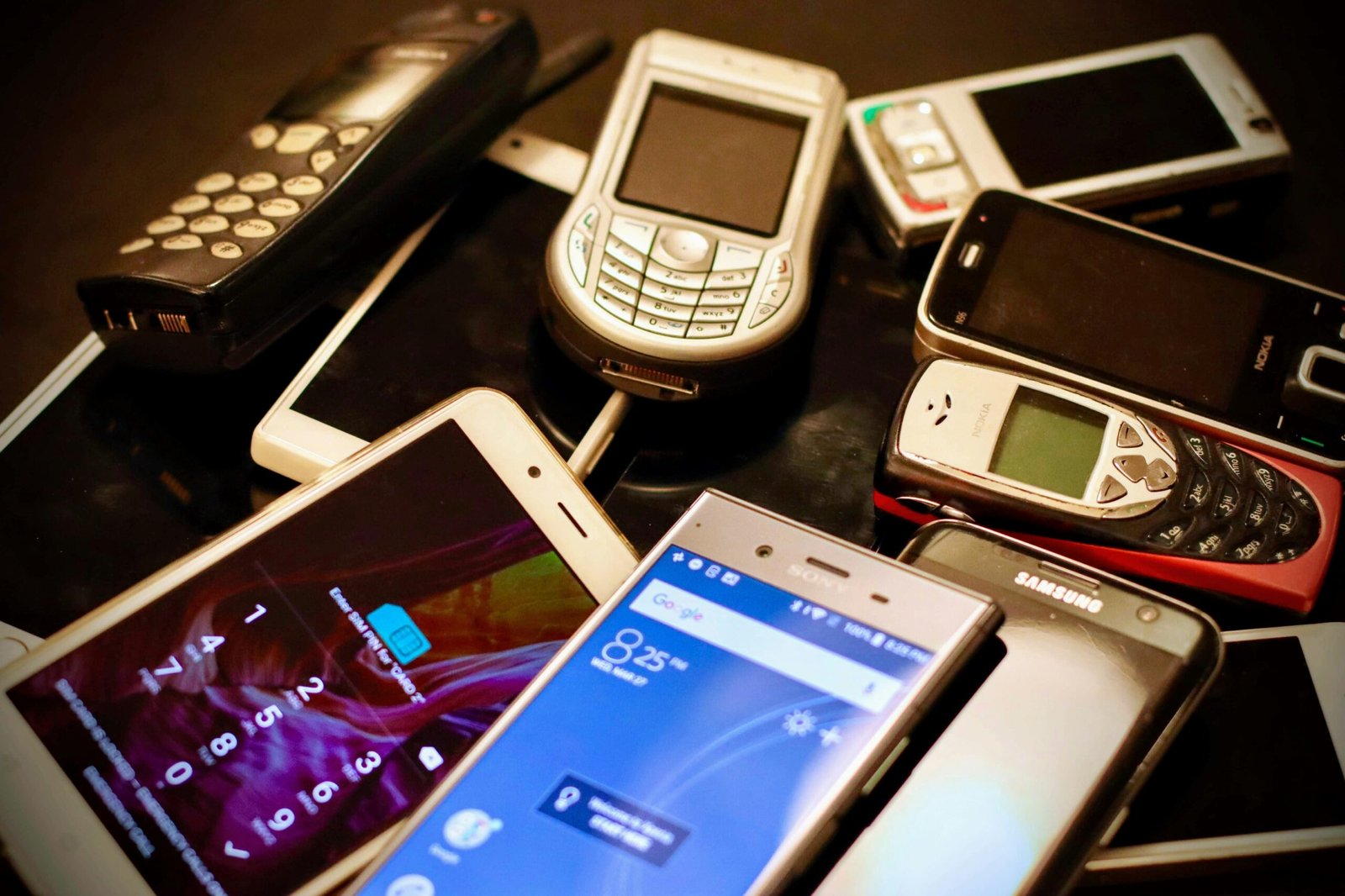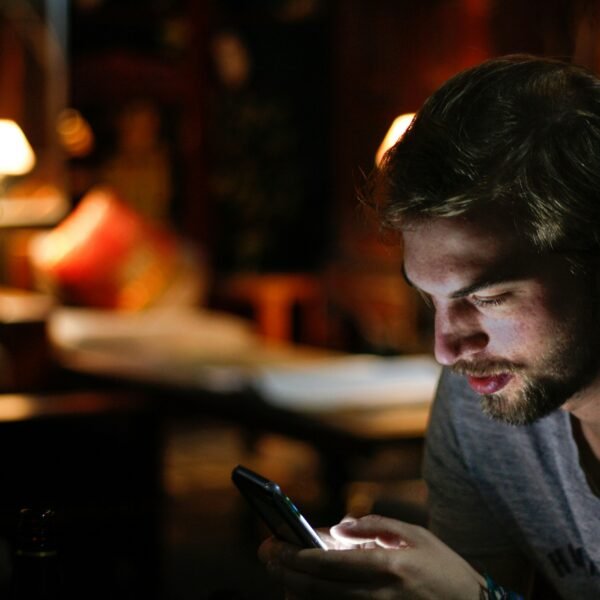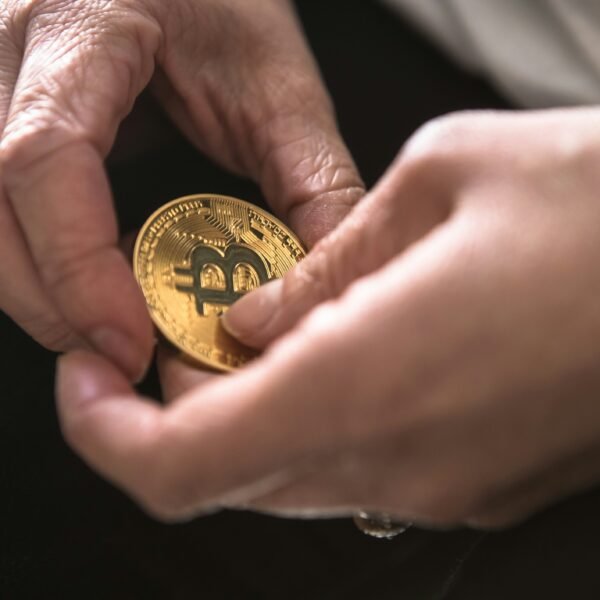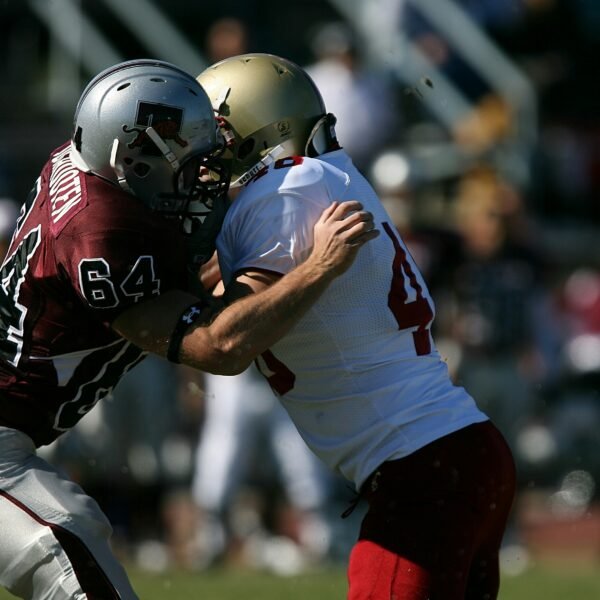Are You Dealing with a Blacklisted iPhone?
If you’ve recently discovered that your iPhone has been blacklisted, don’t worry – you’re not alone. Many people find themselves in this situation, and it can be a frustrating experience. In this article, we’ll guide you through the process of removing your iPhone from the blacklist, so you can start using it again without any issues.

What Does it Mean for Your iPhone to Be Blacklisted?
When an iPhone is blacklisted, it means that the device has been reported as lost or stolen. This can happen for a variety of reasons, including if the original owner reported it missing, or if it was involved in illegal activities. Once an iPhone is blacklisted, it becomes unusable on most mobile networks, making it impossible to make calls, send messages, or use mobile data.
How to Check if Your iPhone is Blacklisted
The first step in removing your iPhone from the blacklist is to determine whether or not it is actually blacklisted. There are a few ways you can check this:
1. Contact the Original Owner
If you purchased the iPhone from a third party, try contacting the original owner to see if they reported it lost or stolen. They may be able to provide you with information on why the device was blacklisted and help you take the necessary steps to remove it from the blacklist.
2. Check with Your Mobile Carrier
Another way to check if your iPhone is blacklisted is by contacting your mobile carrier. Provide them with the IMEI number of your device, which can usually be found in the Settings app under General > About. The carrier will be able to tell you if the iPhone is blacklisted on their network and provide further guidance on how to resolve the issue.

How to Remove Your iPhone from the Blacklist
So, you’ve confirmed that your iPhone is indeed blacklisted – now what? Here are some steps you can take to try and remove your iPhone from the blacklist:
1. Contact the Original Owner or Seller
If you purchased the iPhone from a third party, reach out to the original owner or seller to discuss the situation. They may have reported the device lost or stolen by mistake or may be able to assist you in resolving the issue.
2. Contact the Mobile Carrier
Get in touch with the mobile carrier that blacklisted your iPhone. Explain the situation and provide any necessary information they require, such as proof of ownership. The carrier may be able to remove the device from the blacklist if the issue was a mistake or if you can prove that you are the rightful owner.
3. Use a Third-Party Service
If the original owner is unresponsive or if the mobile carrier is unable to help, you can consider using a third-party service to remove your iPhone from the blacklist. These services usually charge a fee, but they can be effective in bypassing the blacklist status and allowing you to use your iPhone as normal.
What to Do After Removing Your iPhone from the Blacklist
Once you’ve successfully removed your iPhone from the blacklist, there are a few steps you should take to ensure that you can continue using your device without any issues:
1. Update Your iPhone’s Software
Make sure to update your iPhone’s software to the latest version to ensure that it is running smoothly and securely. This will also help prevent any future issues that may arise from using a blacklisted device.
2. Reset Your iPhone
Consider resetting your iPhone to factory settings to remove any traces of the blacklist status and start fresh. Be sure to back up any important data before doing so, as this process will erase all content on your device.
3. Verify that the iPhone is Unlocked
If your iPhone was blacklisted due to being locked to a specific carrier, make sure that it has been unlocked before attempting to use it with a different carrier. Contact the carrier or use an unlocking service to unlock your iPhone legally.

Conclusion
Dealing with a blacklisted iPhone can be a frustrating experience, but with the right information and steps, you can remove your device from the blacklist and start using it again without any restrictions. Remember to reach out to the original owner, contact the mobile carrier, or use a third-party service if needed, and take the necessary precautions after removing your iPhone from the blacklist to ensure a smooth user experience.

